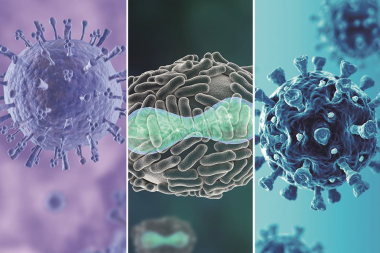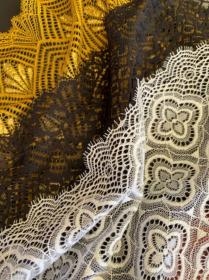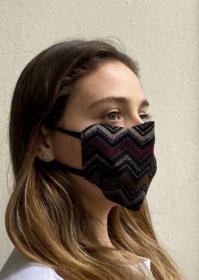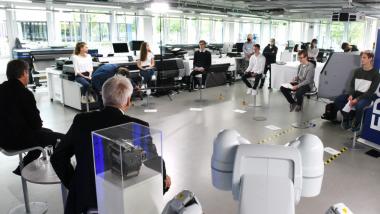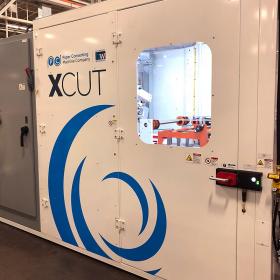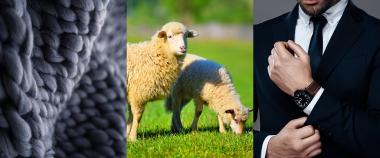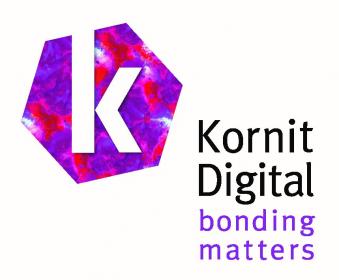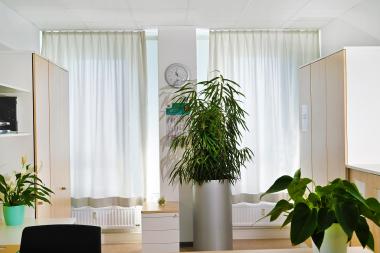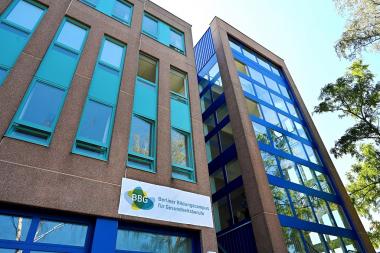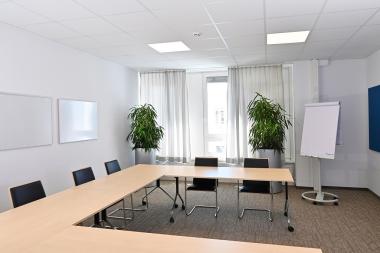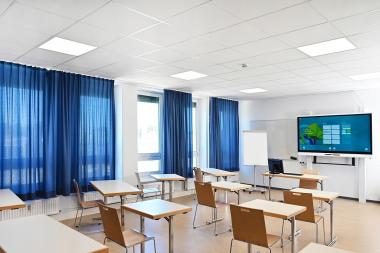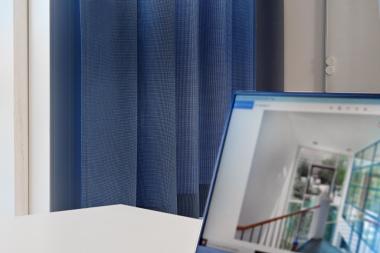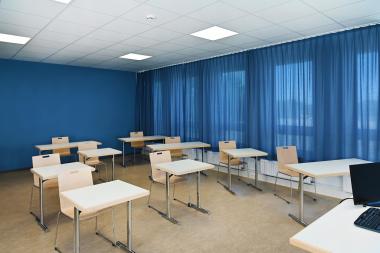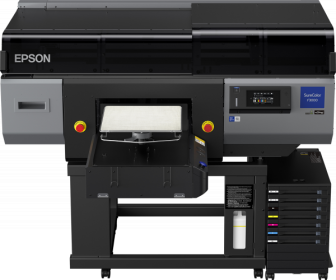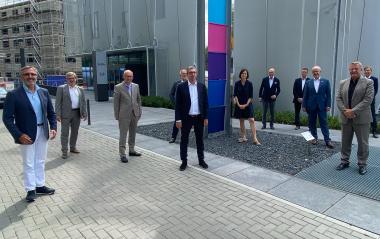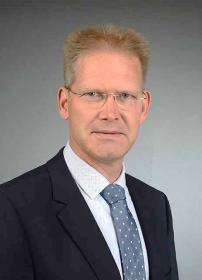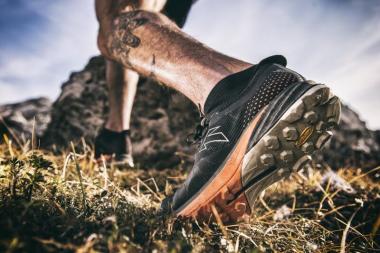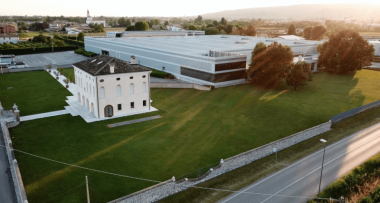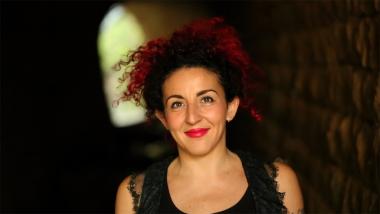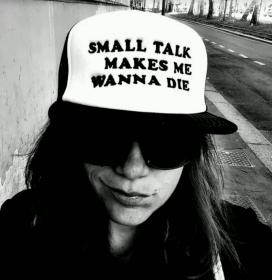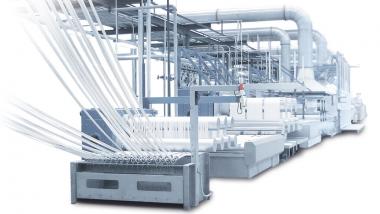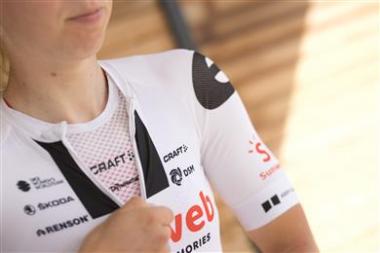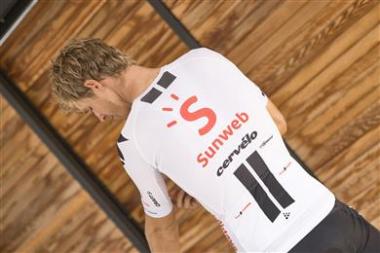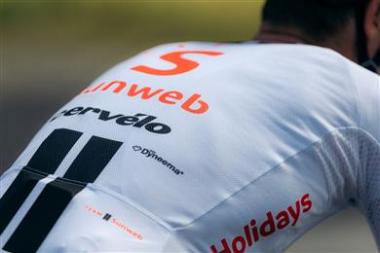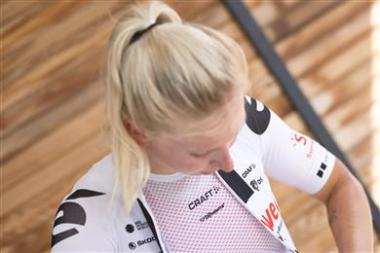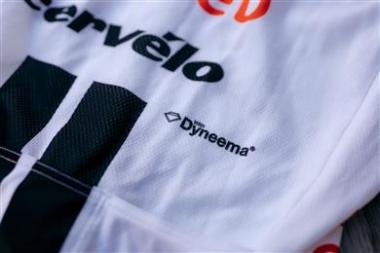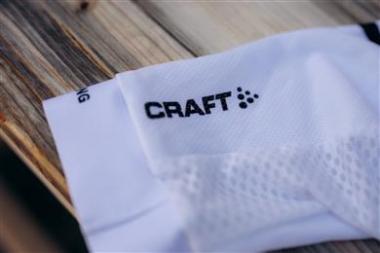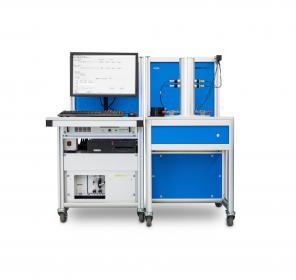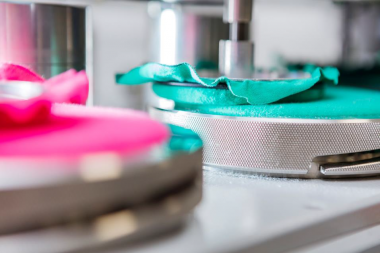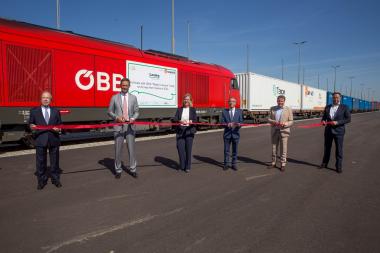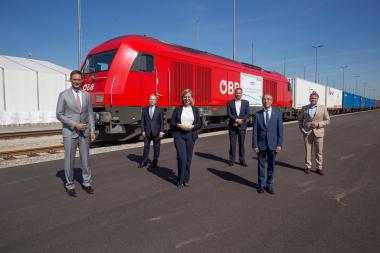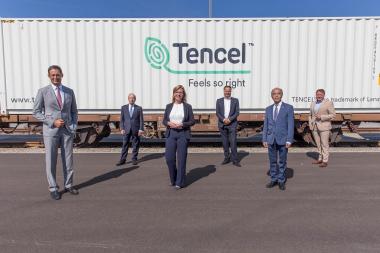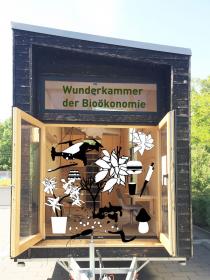Ein Jahr „Grüner Knopf“ bei Dibella und Alsco
Dibella ist eines der ersten Unternehmen, das mit dem staatlichen Textilsiegel „Grüner Knopf“ ausgezeichnet wurde. Vor gut einem Jahr startete das Siegel auf Initiative von Dr. Gerd Müller, Bundesminister für wirtschaftliche Zusammenarbeit und Entwicklung. Seitdem spielt das Siegel vor allem in der öffentlichen Beschaffung eine immer größer werdende Rolle. Das Kölner Traditionsunternehmen Alsco setzte von Anfang an als Kunde von Dibella drei Kollektionen mit dem Grünen Knopf ein.
Um den „Grüne Knopf“ zu erhalten, müssen Unternehmen zahlreiche Sozial- und Umweltkriterien in den beiden wichtigsten Produktionsstufen „Färben“ und „Konfektion“ nachweisen. Für den Nachweis hat das zuständige Bundesministerium für Wirtschaftliche Zusammenarbeit und Entwicklung bestehende Siegel definiert, die eine Einhaltung der geforderten Produktkriterien garantieren.
Zur Zertifizierung wurde Dibella zu zahlreichen Themen einer verantwortungsbewussten Unternehmensführung und Produktpolitik auditiert, um ein ganzheitliches Sozial- und Umweltengagement sicherzustellen. Bundesminister für Wirtschaftliche Zusammenarbeit und Entwicklung Gerd Müller (CSU) zum Jahrestag des Grünen Knopfs: "Der Grüne Knopf gibt eine klare Orientierung beim Einkauf. Ich freue mich, dass Dibella als eines der ersten Unternehmen das staatliche Siegel eingeführt und als Vorreiter so auch früh Verantwortung übernommen hat. Denn wir müssen Solidarität auch mit den Menschen zeigen, die unsere Kleidung herstellen. Gerade in Zeiten der Coronakrise ist dies wichtiger denn je.“
Grüner Knopf
Dibella GmbH






